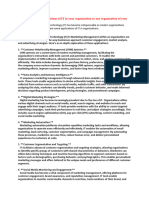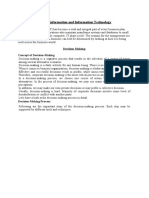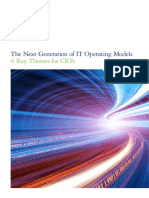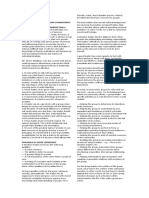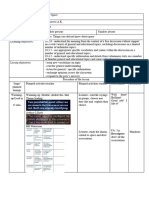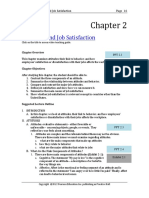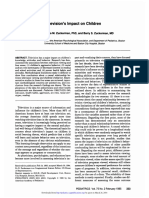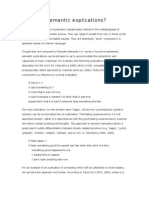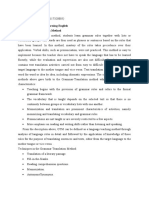0% found this document useful (0 votes)
22 views7 pagesBT Assignment
The document discusses the impact of Information Technology (IT) on business decision-making processes, highlighting the importance of IT tools in enhancing decision speed and accuracy. It outlines the decision-making steps, various IT technologies like expert systems and AI, and provides case studies from companies like Google and Amazon. Additionally, it addresses challenges in IT integration and future trends in decision-making technology.
Uploaded by
pranavsajan99Copyright
© © All Rights Reserved
We take content rights seriously. If you suspect this is your content, claim it here.
Available Formats
Download as DOCX, PDF, TXT or read online on Scribd
0% found this document useful (0 votes)
22 views7 pagesBT Assignment
The document discusses the impact of Information Technology (IT) on business decision-making processes, highlighting the importance of IT tools in enhancing decision speed and accuracy. It outlines the decision-making steps, various IT technologies like expert systems and AI, and provides case studies from companies like Google and Amazon. Additionally, it addresses challenges in IT integration and future trends in decision-making technology.
Uploaded by
pranavsajan99Copyright
© © All Rights Reserved
We take content rights seriously. If you suspect this is your content, claim it here.
Available Formats
Download as DOCX, PDF, TXT or read online on Scribd
/ 7










